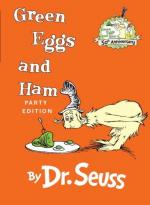|
This section contains 1,379 words (approx. 5 pages at 300 words per page) |

|
Overview
The discovery of the mammalian ovum brought the realization that human reproduction occurred in the same way as did that of other animals. In the second half of the nineteenth century, microscopic techniques improved enough to allow scientists to observe the nuclei of cells. Turning this new ability to the study of sexual reproduction, they were able to see that fertilization involved the merging of cell nuclei from the male and female parent. This superseded the previous view of the sperm stimulating the ovum to develop by physical or chemical means, and led the way to the modern understanding of reproduction and genetics.
Background
From ancient times, people have understood that traits may be inherited, and bred animals in...
|
This section contains 1,379 words (approx. 5 pages at 300 words per page) |

|


